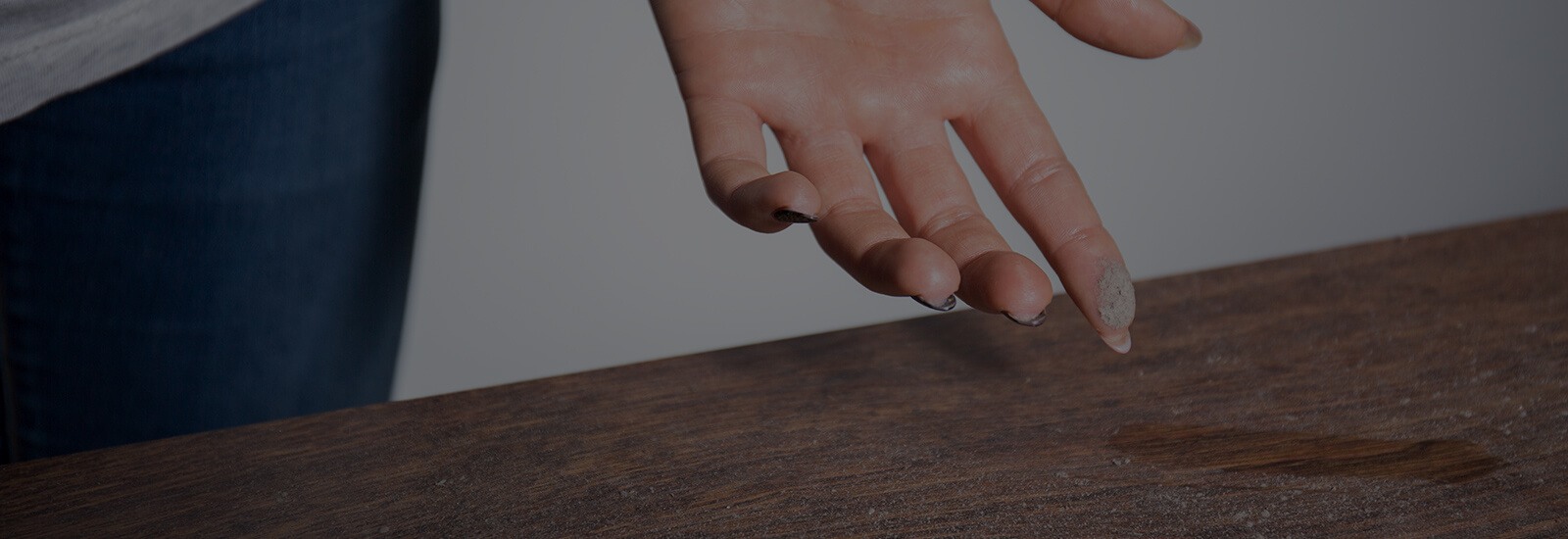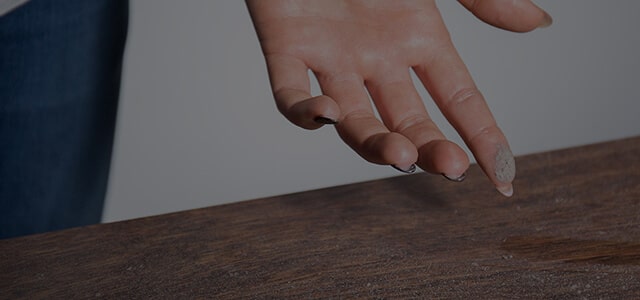What is a dust mite allergy?
An allergen is a substance that causes an allergic reaction. Both the body parts and the waste of dust mites are allergens for several people. Most dust mites die in low humidity levels or extreme temperatures. But they do leave waste behind. These can continue to cause allergic reactions in the body. In a warm, humid house, dust mites can survive all year round.
What constitutes the dust that causes dust mite allergy?
It may sound unpleasant, but one piece of dust can contain pet dander, pet fur, feathers, pieces of dead cockroaches, mold spores, along with dead skin and dust mites. Cockroach waste, saliva, and body parts are the biggest and the most common triggers across the globe. Dust mites, also called bed mites, are the most common cause of allergy from house dust. Dust mites live and multiply easily in warm, humid places thus triggering the condition for you. They prefer temperatures at or above 70 degrees Fahrenheit or high humidity places preferably 70-80% and are inactive once the humidity falls below 50%.
Here are some usual dust allergy symptoms:
-
Sneezing
-
Runny nose
-
Itchy, red or watery eyes
-
Stuffy nose
-
Itchy nose, mouth or throat
-
Itchy skin
-
Postnasal drip (a flow of mucus from behind your nose into your throat)
-
Cough
If your dust mite allergy triggers your asthma, you may also experience:
-
Difficulty breathing
-
Chest tightness or pain
-
A whistling or wheezing sound when breathing out
-
Trouble sleeping caused by shortness of breath, coughing
What’s the best dust allergy treatment?
There’s no specific dust allergy cure as such but you can definitely find treatment to manage the dust allergy symptoms.
Some options for dust allergy treatment or management are:
-
Decongestants that help in keeping the nasal passages clear
-
Opting for doctor-prescribed antihistamines
-
Check with the doctor on how to open up the nasal passages
In-addition to the medications mentioned above there are also few home remedies for dust allergy, they can provide some relief:
-
Herbal tea with honey can help in soothing an itchy throat.
-
Nasal washes
-
Steam
Is dust mite allergy prevention possible?
Dust particles and mites can be hard to keep at bay, but you can most definitely minimize their effects by taking proper measures.
-
Use airtight covers for pillows, mattresses and cushions to avoid any contact with the allergens
-
Every week wash all your bedding and covers in hot water with up to 130 degrees Fahrenheit (or 54.4 degrees Celsius). High temperature usually kills dust mites
-
Make sure your house is clean and dry
-
Mop the concrete floors with disinfectant and vacuum your house regularly
-
While dusting or vacuuming, wear a mask to avoid inhaling dust particles
Keeping the above points in mind, let’s take a look at the most common queries every individual has about dust mite allergy:

Every household around the world has dust mites and yes, they can trigger an asthma attack. Dust mite allergy treatment is mostly preventing dust accumulation and keeping your surroundings clean.
Dust allergies are caused by dust mites which are miniature and are less than 1mm and like to grow in warm and damp conditions. Dust mites are active around every household across the world. One piece of dust can contain pet dander, pet fur, feathers, pieces of dead cockroaches, mold spores, along with dead skin and dust mites.
There’s no cure for dust allergy, but allergies can be managed, and steps can be taken to keep them at bay. Here are some ways to reduce allergy triggers and will help reduce dust allergy symptoms/attacks. Dust allergy has no cure as such.
-
Cover and clean- Cover your nose and mouth when you clean and cover mattresses and pillows with plastic airtight covers.
-
Reduce humidity and dust in the air. Use air conditioner or a humidifier. Try keep humidity below 50%.
-
Eliminate places where dust mites can hide. For eg: in furry toys, carpets, upholstered furniture.
-
Keep your pets clean
Yes, dust mites cause itching. Other Dust mite allergy symptoms include sneezing, coughing, dripping nose, itchy watery eyes, itchy throat and itchy red skin. Consult your doctor and use his suggestions for dust allergy relief.
If you are coughing, sneezing, having nasal congestion or having difficulty sleeping for longer than a week, it’s most likely to be a dust allergy. Please consult your doctor if the problem persists.
If you are coughing, sneezing, having nasal congestion or having difficulty sleeping for longer than a week, it’s most likely to be a dust allergy. Please consult your doctor if the problem persists.
No, it’s not. But with a little bit of care you can minimize the symptoms and find relief. You can avoid things that trigger the allergy and use doctor prescribed medication. Instead of using home remedy for dust allergy, consult a doctor who can significantly reduce the severity with the right measures.
You are prone to dust allergies when at home. So, to manage your condition here are a few simple steps.
-
Avoid keeping pets. If you already do, certainly keep them away from your bedroom.
-
Remove wall to wall curtains and carpets if possible or make sure they’re cleaned thoroughly.
-
Try and keep humidity to at least 50%.
While there is no food specific for a dust allergy, seasonal fruits and vegetables help to curb allergies overall. No food is a cure, but food containing onions and berries seem to have a positive effect. Honey and yoghurt are also beneficial
Yes, it’s possible. Allergies due to pets, pollen, mold and dust can cause a nasal drip as well as sore throat and a dry mouth as dust can lead to other allergies such as pollen allergy & other outdoor and indoor allergy. Also, a freshly painted room can cause an individual paint allergy which be a reason for sore throat.
It's best to get rid of most dust mites by keeping your home clean regularly. You can't completely remove all dust mites, but many can be taken care of by this practice. If the symptoms don't stop from the above-given instructions, please visit a doctor to receive proper medical attention.

